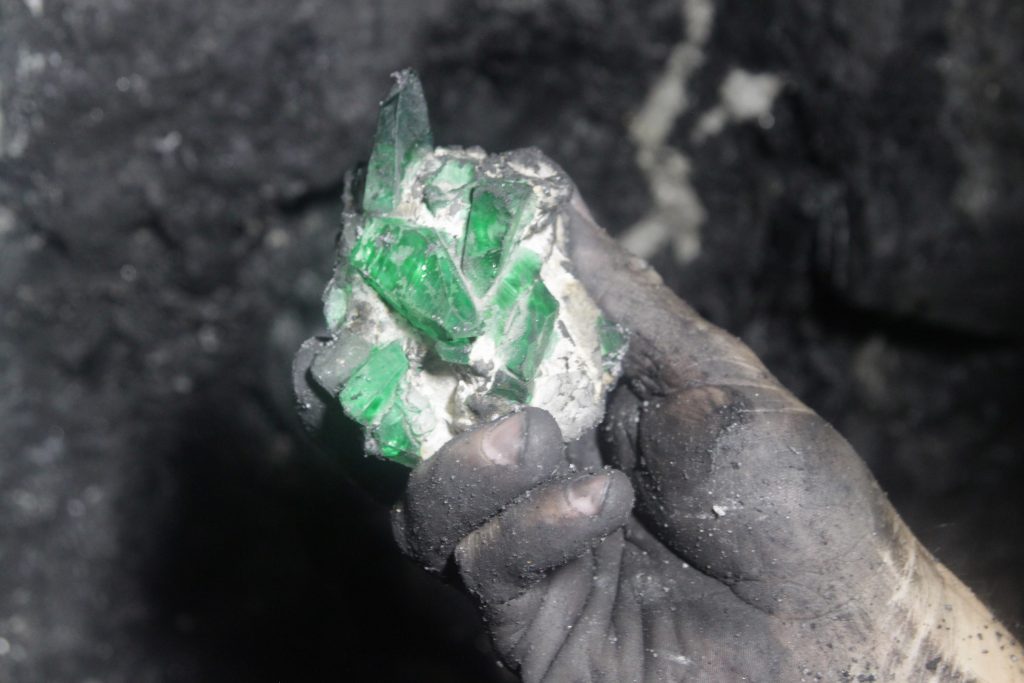On October 4, 2012, the Luxembourg office of the corporate services firm Intertrust filed annual accounts on behalf of one of its clients, The Nielsen Company (Luxembourg) SARL – an intermediary holding of the global market research and media audience firm Nielsen. The document revealed that a $10.5 billion series of transactions code-named “the Emerald Project” had taken place in January 31, 2011. On that same day, an ocean away in Lower Manhattan, Nielsen was listed on the New York stock exchange after a period in private equity ownership. Despite being headquartered a few subway stops away on Broadway, the…
Cancel at any time. Are you already a member? Log in here.
Want to read the full story?
Unlock this article – and everything else on The Currency – with an annual membership and receive a free Samsonite Upscape suitcase, retailing at €235, delivered to your door.

